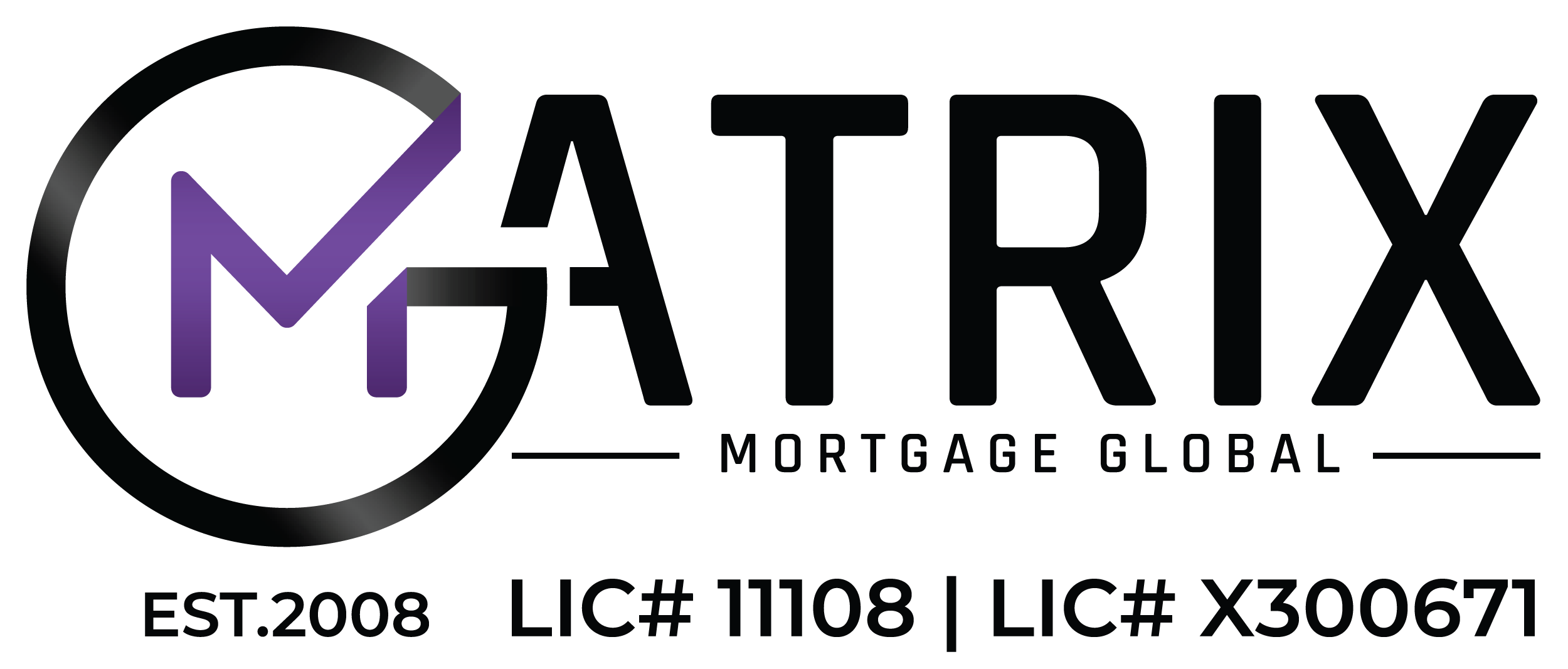
How do you know Mortgage Refinancing is right for you?
One of the general questions property owners have about mortgages is how they know whether or not to apply for a mortgage refinance. It is important that you know how to determine if this is the right choice for you and your home. That’s where this blog will help you in deciding if you need to refinance your mortgage or not.
What does mortgage refinancing mean?
Refinancing is replacing your existing mortgage with a new one that has a lower principal and interest rate. If the market interest rates have dipped, it might be a good time to refinance your mortgage. Mortgage refinancing can help you pay off your primary mortgage quickly and give you funds upfront to use for investments or home renovations.
You have to option to refinance with your present lender or move to a new one. It depends on what will work best for you. This is another factor your mortgage broker can help you to decide based on your financial needs.
What is a mortgage refinance?
A mortgage refinance is applying for a new mortgage on your house. It means that you will be replacing your present primary mortgage with a new one.
With no penalties or breaks, this new mortgage contract may be made with your present lender as an “add and blend” with the existing debt. However, you also have the freedom to transfer the mortgage to a different lender. Mortgage brokers weigh each scenario’s financial rewards and drawbacks to choosing the best course of action.
Essentially you will be starting over with the mortgage, and some of the options you have are:
- Fixed or variable interest rates
- Mortgage term
- Payment for the new mortgage (Would you choose a higher payment by having the amortization periods to be shorter or a lower payment with a long amortization period? You should know that both circumstances offer prepayment possibilities.)
- Mortgage principal (it will depend on your goals, you could decide on less, more or the same amount of mortgage balance)
- If you want to access your home equity, refinancing can be done at any time throughout the mortgage’s term. You can even apply for it on the maturity date, or even after the loan has been fully repaid.
The process of mortgage refinancing:
Getting a professional appraisal done for your home so you know its market value.
The maximum mortgage amount for a property is ideally 80%. Therefore, if you are opting for a mortgage refinance, it is roughly how much we have to deal with.
What part of your existing mortgage remains unpaid? You can know this by subtracting the balance of your present mortgage from the 80% value of your home. The result will determine the additional home equity you have to deal with.
How is refinancing determined?
Your lender may require you to provide documentation showing that you’ve paid off any credit card debt before they’ll approve your request. Additionally, you will have to show proof that you can afford to pay back your new loan amount. Some of the factors that play a role here are:
Lower interest rate:
Your previous interest rate may have been determined in large part by the economy at that time; debts you held or a number of other variables that may no longer be applicable. You might be able to refinance for lower rates. Ensure that you discuss flexibility with your lender so that you can accommodate any changes that might arise in the future. This will help you avoid surprises such as high-interest rates or fees on your renewal rate, and other things that could be hidden in the fine print.
Consolidate debt:
Like most people, if you are struggling with credit card debt, you probably have other debts besides your mortgage that you’re trying to pay back. Mortgage refinancing can help with that. When you exchange your present mortgage for a larger loan with a lower interest rate, you can take out a portion of the new funds in cash. You’ll need at least 20% equity in your property to qualify. Refinancing should help you pay off high-interest credit cards first. Afterwards, you can gradually work toward paying off other debts.
Renovate your home:
When you are opting for mortgage refinancing, you can use the extra cash for home improvements. While saving money, you also increase the market value of your house if you are planning to sell it later. If your home needs repairs or you intend to sell it within the next year, refinancing could be an excellent idea. With the help of your lender, you can get a new loan and take advantage of lower rates.
Investments:
When you refinance your mortgage, you probably are thinking about the future. The extra funds you get from a cash-out refinance can be put toward stocks, RRSPs, rental properties, or other investments that are tax-deductible. In the long run, this could be of significant benefit to you.
Conclusion
Saving money on your mortgage, paying off debt, or getting cash out for home improvements or other expenses can all be accomplished through refinancing. But before you sign the dotted line, it’s important to know how refinancing works and the best ways to do it. You can make sure that refinancing is the right decision for you and your family by conducting research and working with reputable alternative lending providers in Canada.

